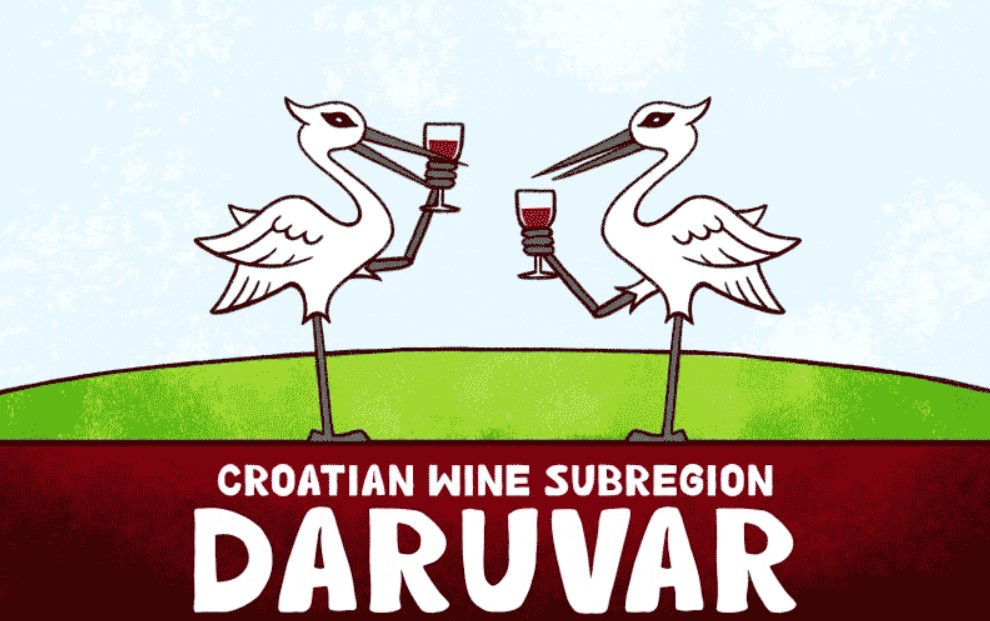October 29, 2023 – Let’s dive into the captivating world of Daruvar, a Croatian wine subregion, telling a unique tale through its grapes with the article about Daruvar, Croatian wine subregion, written by Wine & More.
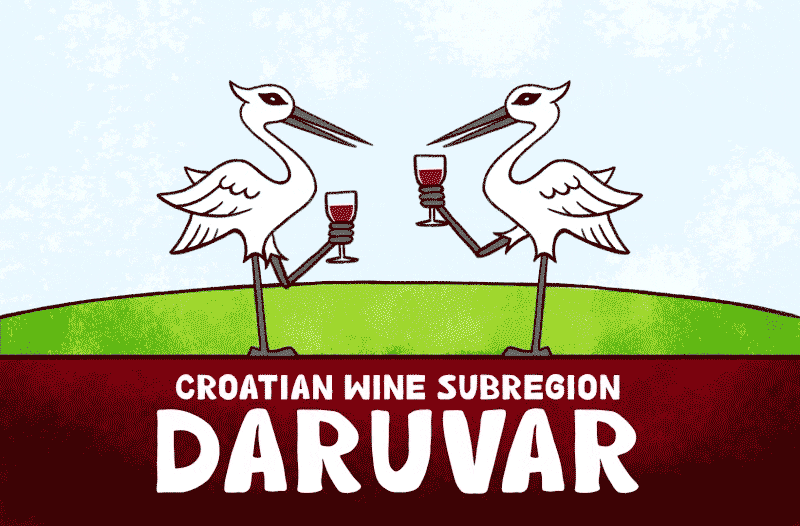
Decoding Wine Geography: Regions, Subregions, and Appellations
Understanding the nuances between regions, subregions, and appellations is vital when delving into the world of wine.
- Wine regions are broad geographical areas celebrated for their wine production, each with unique climates and soils.
- Subregions, on the other hand, are smaller areas within these regions, boasting distinct microclimates and soil compositions, shaping wines with specific characteristics.
- Appellations, the most specific of the terms, are legally protected indications of origin. They not only encompass regions and subregions but also dictate rules governing wine production, ensuring a certain standard of quality. For instance, in France, the famed “Appellation d’Origine Contrôlée” (AOC) guarantees wines from regions like Champagne or Burgundy meet rigorous standards.
Croatia’s Wine Regions: A Treasure Trove of Flavors
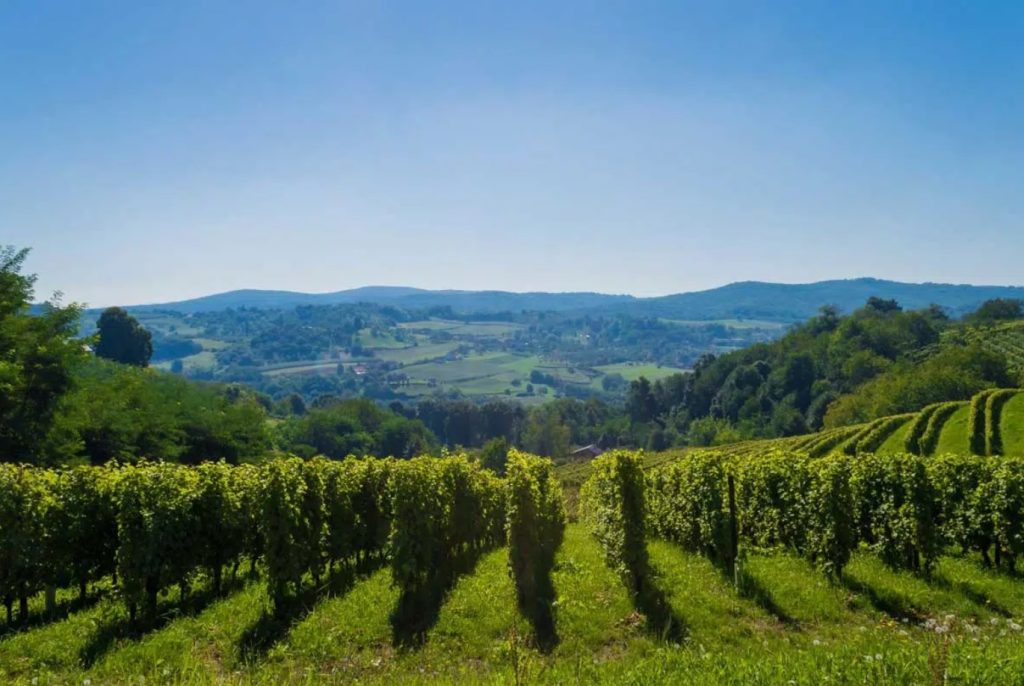
- Istria and Kvarner: Known for its stunning coastal vineyards, Istria produces high-quality white wines like Malvasia and robust reds like Teran, influenced by the Adriatic Sea.
- Dalmatia: Along the Adriatic coast, Dalmatia is home to indigenous grapes like Plavac Mali and white wines such as Pošip and Grk.
- Slavonia and Danube: In the east, Slavonia and Danube benefit from continental climates, producing vibrant wines, especially Graševina, a white grape variety.-
- Croatian Uplands: With a continental climate, this region cultivates grapes like Graševina, Riesling, Pinot Gris, and Pinot Noir, offering crisp and refreshing wines.
The Allure of Wine Subregions
Tasting wines from different subregions is a thrilling journey for the palate. Each subregion offers a unique story – from the earthy notes of Bordeaux Cabernet Sauvignon to the zesty citrus of Marlborough Sauvignon Blanc.
These distinct flavors make each subregion an adventure, a sensory voyage that unfolds with every sip.
Croatia, a hidden gem in the wine world, boasts four main wine regions, each with its charm.
From Istria’s coastal influence to Dalmatia’s sun-kissed vineyards, Croatia offers a remarkable diversity of terroirs and indigenous grape varieties.
Most famous Croatian sub-regions
Each Croatian region has a distinctive sub-region encapsulating some key wine references.
For example, the West Istria subregion, particularly Buje and Poreč, produces the most notable Istrian wines.
Dalmatia is well known for its many subregions, like Northern Dalmatia or Inland Dalmatia, with the most famous “appellations” in the south. Dingač and Postup for Plavac Mali, and recently Lumbarda protected destination of origin for Grk variety.
In Croatian Uplands, the Plešivica sub-region shines as the Croatian sparkling wine capitall.
Slavonia is proud of its Kutjevo and Danube sub-regions, but there are many deserving attention. The Daruvar vineyards are a subregion of distinction in the Slavonia region, producing exceptional wines amidst the rolling hills and fertile soils.
Daruvar: A Subregion of Distinction
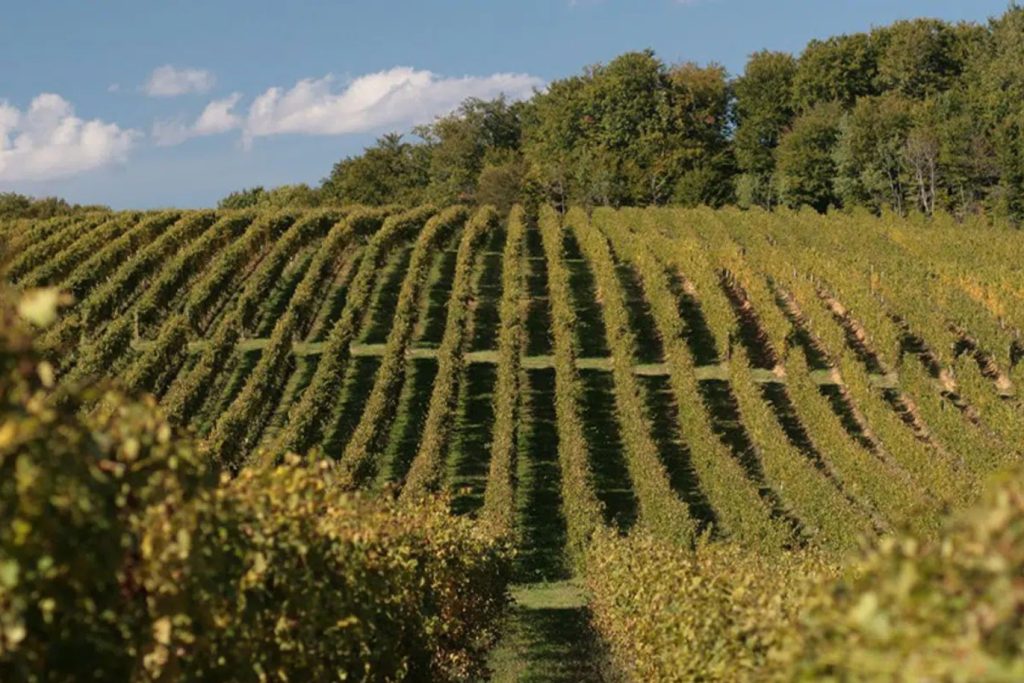
The Daruvar vineyard stretches on the gentle slopes of Bilogora, Papuk and Psunje at 150 to 240 m altitudes.
Here, on more than 160 ha in Donji Daruvar and Đulovac Badel 1862 d.d. – The Daruvar winery grows the recommended grape varieties for this climate.
The most common variety is Graševina, followed by Chardonnay, Riesling and Sauvignon. A high level of technology and professional equipment result in a rational and appropriate grape production technology, which in terms of quality, represents a very good raw material for producing the best wines.
Cultivating vines in Daruvar has a centuries-old tradition and a rich past because the gentle and sunny slopes of Papuk provide ideal conditions for viticulture and winemaking.
That Daruvar has been known for its wines since Roman times is evidenced by the Diatret glass wine goblet – an imperial mesh goblet named “Vas diatretum Daruvarense” discovered in 1789. in the Roman Forest.
Daruvar winery
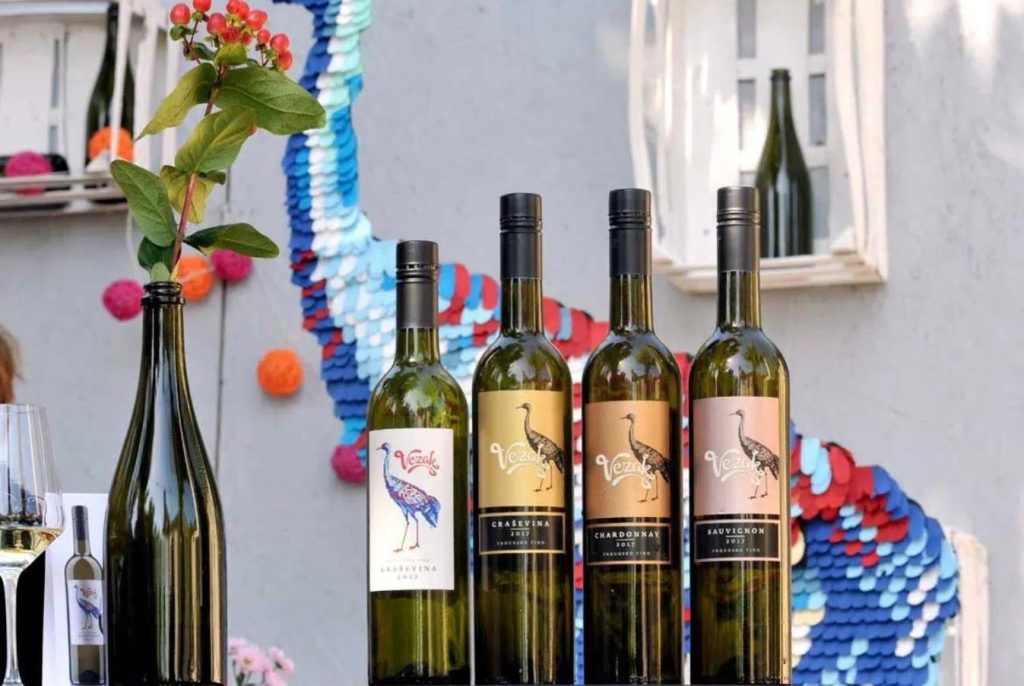
The speciality of Daruvar wines is reflected in the products of the Daruvar Winery, one of the most awarded Croatian wineries.
Its vineyards, spread over the slopes of Bilogora, Papuk and Psunje, continue the tradition and customs of viticulture and cellaring that go back to ancient times.
The top quality of these wines has been confirmed by winning many international medals at European wine competitions.
On more than 140 ha in Donji Daruvar and Đulovac, recommended grape varieties for this climate are grown –Graševina, Sauvignon, Riesling and Chardonnay.
Quality and premium wines are stored in the historic premises of Count Janković’s castle, which provides ideal conditions for wine maturation.
The cellar consists of a space for storing wine, a beautiful wine cellar located among museum exhibits from the Roman era, an archive, and a representative tasting room.
The crane from the coat of arms of the Count Janković family, after which the town of Daruvar got its name, also inspired the creation of Daruvar wine labels.
CONCLUSION
In essence, wine subregions are the pulsating heart of the wine world. They merge nature, tradition, and innovation, crafting some of humanity’s finest wines.
Whether you’re an experienced wine enthusiast or just starting your journey, exploring these subregions is an enchanting odyssey through the world of terroir.
As an old Roman saying goes, “To get to know a people, sit at their table, taste their food and drink their wine, then you will know what kind of people they are.”
So, embark on this delightful journey, savor the diversity, and uncover the essence of cultures, one sip at a time.
Cheers to the rich tapestry of wine subregions! 🍷
NOTE: The article was originally written at wineandmore.com

